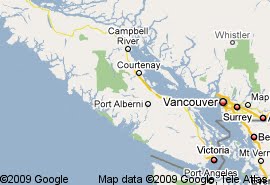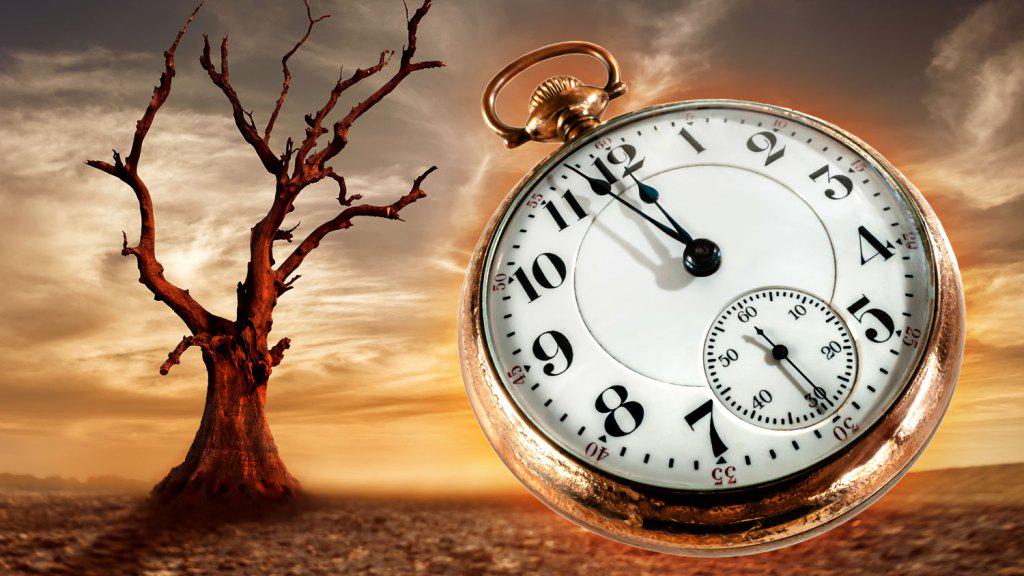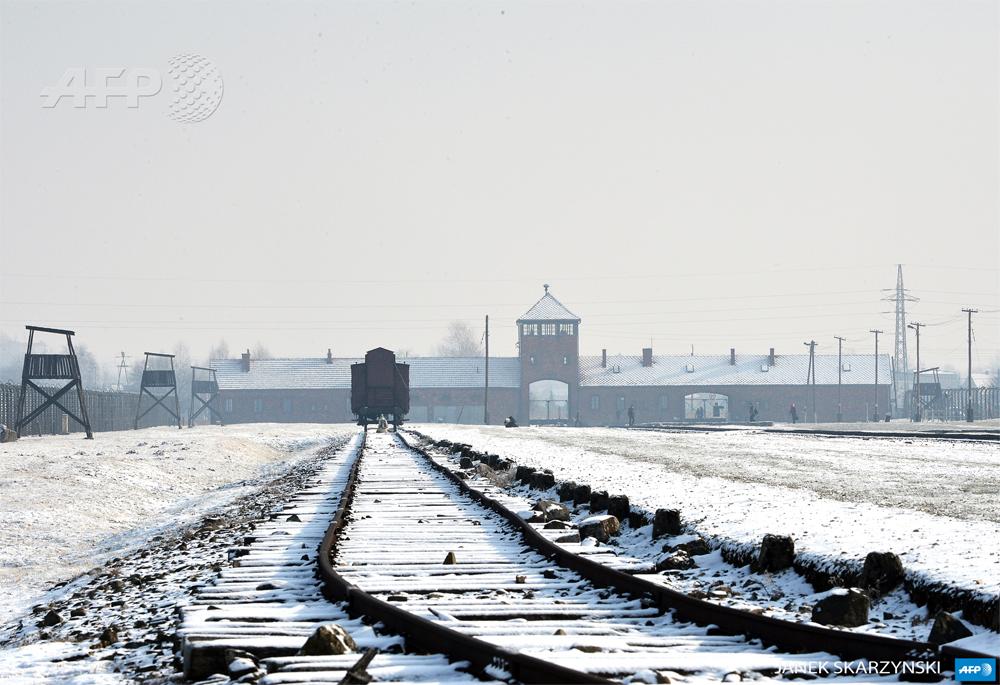Summary
Flea-borne infections are emerging or re-emerging throughout the world, and their incidence is on the rise. Furthermore, their distribution and that of their vectors is shifting and expanding.
This publication reviews general flea biology and the distribution of the flea-borne diseases of public health importance throughout the world, their principal flea vectors, and the extent of their public health burden.
Such an overall review is necessary to understand the importance of this group of infections and the resources that must be allocated to their control by public health authorities to ensure their timely diagnosis and treatment.
Volume 14, Issue 8, August 2010, Pages e667–e676
Madagascar: Rodent-Borne Plague Causes 40 Deaths
Crisis situation?
The first case of plague has been traced to the end of August. WHO had cautioned the authorities that the disease might possibly propagate to the capital, Antananarivo.In a statement made previously, the health organisation affirmed:
“There is now a risk of a rapid spread of the disease due to the city’s high population density and the weakness of the healthcare system”.
From rodents to fleas to humans
Plague is spread by infected fleas which are carried by rodents. Humans bitten by these fleas develop the bubonic version of plague.
Getting rid of the fleas themselves has proved to be challenging: the insects have grown extremely resistant to insecticides.
Getting rid of the fleas themselves has proved to be challenging: the insects have grown extremely resistant to insecticides.
Treatment
If the disease is detected at an early stage, antibiotics are effective at curing the infected person. This is the case for bubonic plague.But, unfortunately, 2% of the cases involve pneumonic plague which is even more dangerous. The latter form of the disease constitutes an exceedingly contagious version, where infection can happen from one person to another via coughing.
Management of the disease
The local authorities are working in cooperation with WHO and the Red Cross to keep the epidemic in check. A budget of $ 200 000 has been allocated to achieve the aim.Hope lies in the use of antibiotics.

Illustration of a flea
Fleas and their biology
Fleas (Insecta, Siphonaptera) are small, laterally flattened, wingless, and highly specialized insects.
Fleas are of great importance as vectors of pathogens in many parts of the world.
Both adult males and females are obligate hematophagous ectoparasites of mammals and birds.
About 2574 species belonging to 16 families and 238 genera have been described, but only a minority is synanthropic, that is they live in close association with humans.
Fleas are of great importance as vectors of pathogens in many parts of the world.
Both adult males and females are obligate hematophagous ectoparasites of mammals and birds.
About 2574 species belonging to 16 families and 238 genera have been described, but only a minority is synanthropic, that is they live in close association with humans.
Source: http://news.islandcrisis.net/2014/11/madagascar-rodent-borne-plague-causes-40-deaths/
Island Crisis (News) is part of Island Crisis Network, an independent online media group based in Mauritius. The group consists of a panel of bloggers and news reporters all managed by its parent company TW Media.
News / Africa
Madagascar Faces New, Terrifying Threat - Bubonic Plague
October 11, 2013 9:54 AM
JOHANNESBURG— The already troubled African island of Madagascar faces a new and terrifying threat: bubonic plague.
In recent years, the Indian Ocean nation has become the world's top site for the storied disease, with hundreds of cases and scored of plague deaths last year.
Aid officials are warning that things could get worse unless more is done to prevent and fight the spread of the often-deadly disease.
Madagascar is the world’s hotspot for this flea-borne disease.
Madagascar is the world’s hotspot for this flea-borne disease.
Last year, Madagascar saw more cases of bubonic plague than anywhere in the world, with 256 cases and 60 deaths.
The International Committee of the Red Cross (ICRC) says that some 500 cases have been recorded on the island every year since 2009.
The ICRC this week announced a campaign with Malagasy authorities to eliminate flea-ridden disease-carrying rodents in a prison in the capital. Prisons in the nation are often overcrowded and dirty, making them ideal breeding grounds for disease.
The ICRC this week announced a campaign with Malagasy authorities to eliminate flea-ridden disease-carrying rodents in a prison in the capital. Prisons in the nation are often overcrowded and dirty, making them ideal breeding grounds for disease.
Bubonic Plague first gained infamy in the 14th century for killing some 25 million people in Europe. That epidemic earned the disease its ominous nickname, Black Death.
Bubonic plague is rare in the modern era. But ICRC spokesman Jean-Yves Clémenzo says it persists in some pockets of the world, like Madagascar. He spoke to VOA from Geneva.
“It’s not only Madagascar. You have still cases of plague in around 15 countries in the world, mainly the Democratic Republic of Congo, Madagascar and some South American countries," he stated.
"It's mainly due to poor health conditions, poor infrastructure.”
Victims who are bitten by plague-infected fleas -- carried on rats -- often develop painful lymph-node swelling, flu-like symptoms and gangrene on their extremities.
Without life-saving antibiotics, about two-thirds of those infected will die, according to the Centers for Disease Control.
Medical officials say plague can be spread from person to person.
No vaccine is available.
Clémenzo said that it is vital to not hesitate if you are bitten by a flea and begin to experience symptoms.
Clémenzo said that it is vital to not hesitate if you are bitten by a flea and begin to experience symptoms.
"So if you fear that you have plague, that you have bites on the body,
what is important is to react very quickly, as the disease can spread and
people can die in 24 hours.
So it’s important to contact, to go to the [nearest] health facility or to contact the Institute Pasteur in Antananarivo and to act very, very, very quickly,” he explained.
Madagascar has had some severe problems recently. The cyclone-prone island has suffered recent tragedies of almost Biblical proportions, including a locust invasion, flooding and drought.
Those natural problems are exacerbated by the island’s decline in recent years. A 2009 coup has made the island increasingly isolated and aid officials say they have seen an economic decline since then.
Earlier this week, two U.N. agencies reported that as many as 4 million people in rural parts of the country are now food insecure because of a large-scale crop failure.
Madagascar has had some severe problems recently. The cyclone-prone island has suffered recent tragedies of almost Biblical proportions, including a locust invasion, flooding and drought.
Those natural problems are exacerbated by the island’s decline in recent years. A 2009 coup has made the island increasingly isolated and aid officials say they have seen an economic decline since then.
Earlier this week, two U.N. agencies reported that as many as 4 million people in rural parts of the country are now food insecure because of a large-scale crop failure.
Source: http://www.voanews.com/content/bubonic-plague-madagascar-sees-new-terrifying-threat/1767708.html



 Stunning Wildlife
Stunning Wildlife



 Islam is the dominant religion in Libya, where locals are pictured breaking their fast
Islam is the dominant religion in Libya, where locals are pictured breaking their fast

























